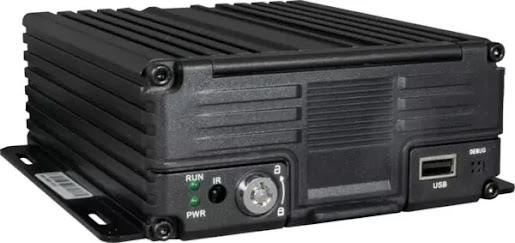The Ultimate Guide to BRAKE LIGHT CAMERAS
Introduction:
You can use the third brake light cameras to keep an eye on your load while monitoring the area behind your vehicle. There are many factors to think about while deciding on a camera system. This covers not only the camera but also the size of the monitor, the location of the installation of both the camera and the display, the method by which the camera will be triggered, and any other customizations you may desire. This tutorial will walk you through installing a third-brake-light camera in a vehicle of your choice, be it a car, truck, van, or trailer.
Wire Installation:
Take off the brake light cameras assembly and thread the camera wire through the hole. You'll need to fish the wire through the slit in the truck bed's back to connect the cam there. Positioned between the truck bed and the tailgate, this opening provides easy access to the cargo area.
Put the Camera Together:
To install the camera in the third brake light assembly, attach the cable to the camera and secure it in place. To install the cam, you may need to drill a hole if one still needs to be created. The camera should be installed as centrally as possible. The cam will replace the third brake light, and once it's in place, it'll seem like it was always there. This is a top method for mounting a rearview camera. There are cameras available with a 170-degree field of view.
The benefits of a third-brake-light camera installation include the following:
Adding a camera to your third brake light has numerous benefits.
Brake light cameras are extremely simple to set up, especially when the cam is included in the design of the third brake light.
A camera in the third brake light is an excellent safety feature.
Depending on the camera setup, you can enjoy a panoramic perspective. The widest angle of view that you can get from a good cam is around 170 degrees. The standard average begins with a 120-degree field of view. In this way, you can see the area behind your vehicle from edge to edge and avoid colliding with anything.
The AHD Cameras can be wired to the car's ignition, the reverse lights, or a dedicated switch. Wiring for the device must be run to the head unit regardless of the configuration you select. In place of hardwiring, a wireless brake light cameras is another option.
Several alternatives exist for visual presentation. The best option is the one that best suits your needs. For example:
Reflective Surface
Rear-View Mirror
The In-Dash Display
Distinctive screen
The degree of difficulty in mounting the camera will vary depending on the type of display you go with. It is possible to add parking lines to several of these systems. You can use the video's lines as a guide to assist you with reversing your vehicle. Good quality AHD cameras will be watertight, so you may use it without worrying about damaging the device.
Conclusion
Your vehicle's rearview AHD Cameras is a crucial safety feature. Furthermore, a third brake light camera is one-of-a-kind and can be utilized in various ways, depending on the vehicle in question. In addition to the standard rearview function, it can be installed for monitoring cargo. Choose a camera with the most significant viewing angle you can from CKO. It would help if you spent as much as possible on a high-quality third-brake-light camera system.




Comments
Post a Comment